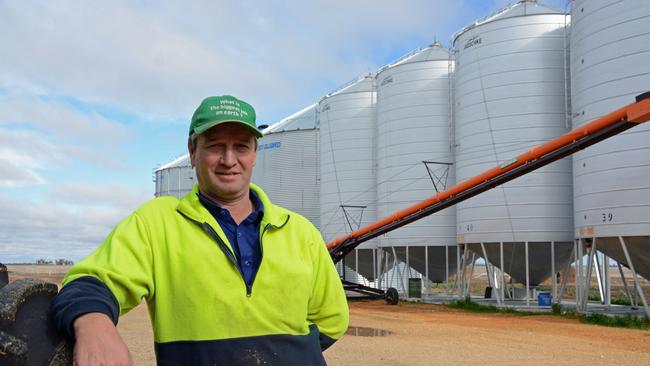Barley dispute report could end billion-dollar deadlock
A final report on the Australia-China barley dispute is due to be made public within weeks. Here’s what it will mean for growers.

A final report on the ongoing dispute over Australia’s barley exports to China could be made public within weeks, offering an opportunity for the nations to resolve a deadlock that has cost Australian growers hundreds of millions of dollars annually.
The World Trade Organisation report was due to be delivered to China and Australia by March 31, according the organisation’s publicly available timeline.
Under the WTO dispute process, the report’s findings and recommendations would then be distributed to all WTO members within three weeks of the final report — potentially as soon as the end of next week — and its recommendation adopted within 60 days unless there was an appeal.
The dispute process has been under way for more than two years, after China imposed 80.5 per cent tariffs on Australian barley in May 2020, sending an annual trade worth $1.2 billion grinding to a halt.
Before the tariffs, China had been Australia’s largest market for barley, accounting for about 58 per cent of its annual 6.2 megatonnes in exports.
The loss of the major importer came at a big cost to the grains industry, despite exporters finding and expanding new markets for the commodity.

Grain Trade Australia estimated the losses at $2.5 billion over five years.
Grain Producers Australia southern region director Andrew Weidemann said the loss of China as a trading partner had cost Australian growers about $50/tonne off their barley sale price.
“Looking at the barley market, that’s quantifiable in terms of what we’ve lost from China: between $600 million and $700 million a year every year since that’s been put in place, purely based on the fact that APW and bulk barley used to trade within about five bucks of one another. Now you’re seeing a good $50 spread every day,” Mr Weidemann said.
UNSW Herbert Smith Freehills CIBEL centre co-director Weihuan Zhou said the tariffs China had imposed were not in the interests of its own consumers and businesses, and could be lifted relatively easily if the Chinese government decided to do so.
“Less imports of barley from Australia means a less competitive (domestic) market. It also means potentially imports of barley from less efficient producers, which means a higher price,” Mr Zhou said.
“Some of the restrictions … are easy to remove, because it’s just an administrative decision. It does not require China to change any legislation, or change any regulation. The same applies to the barley tariff and the wine tariff, which is basically a decision of Ministry of Commerce,” he said.
“I think it is time for China to use this opportunity to lift the restrictions, including the barley tariff,” Mr Zhou said.
Australia’s Foreign Minister Penny Wong has called on the Chinese government to lift restrictions on Australian barley, as well as beef, wine and lobster.





